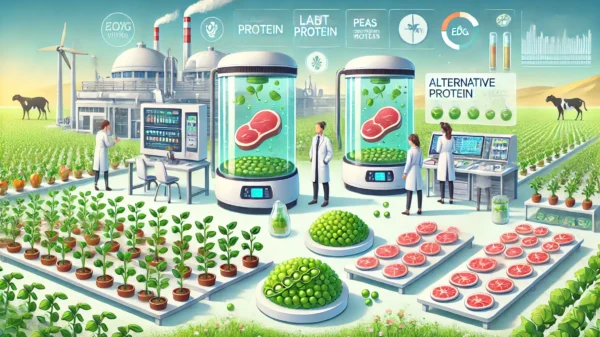Reasons Behind the Closures
Hooters has recently faced a myriad of challenges that have prompted the closure of several underperforming stores. One of the primary factors contributing to these closures is the current economic downturn, which has significantly impacted consumer spending habits. With discretionary income tightening, many consumers are cutting back on dining out, directly affecting the restaurant industry. Hooters, like many other establishments, has felt the pressure of these economic conditions, leading to a reassessment of their operational strategy.
Another critical factor is the shifting consumer preferences. Today’s diners are increasingly seeking healthier and more diverse menu options, which has posed a challenge for Hooters, known primarily for its traditional American fare. The rise of health-conscious eating trends has led to a decline in patronage from a segment of the market that Hooters previously captured with ease. This evolution in consumer tastes necessitates a strategic pivot to remain relevant in the competitive landscape.
Additionally, Hooters is contending with intensified competition within the casual dining sector. Newer, trendier restaurants and fast-casual chains are capturing market share by offering innovative dining experiences and more modern ambiances. The increased competition has made it imperative for Hooters to reassess and realign its market presence, focusing on locations that can sustain profitability and growth.
A spokesperson for Hooters has articulated that the decision to close specific stores is part of a broader strategic initiative aimed at optimizing their restaurant portfolio. By shuttering underperforming locations, the company can allocate resources more effectively, enhancing the performance of its remaining stores. This strategy aligns with industry-wide trends where companies streamline operations to bolster financial health and competitiveness.
These closures are not evenly distributed across all regions. Certain markets, particularly those where economic conditions are more strained or where competition is particularly fierce, have seen a higher number of store closures. The impact on employees and local communities is substantial, with job losses and reduced local economic activity being significant concerns. Hooters has emphasized efforts to support affected employees through transitions, including potential relocations to other branches.
Adaptation and Resilience: Hooters’ New Strategies
Hooters has demonstrated significant adaptability and resilience in the face of modern market challenges. One of the critical strategies the company has employed is diversifying its revenue streams through the introduction of a new lineup of frozen foods available in grocery stores. This strategic pivot not only allows Hooters to reach a broader customer base but also provides an additional revenue channel outside of its traditional restaurant operations. By entering the retail food market, Hooters leverages its well-known brand name to attract consumers who may not visit their restaurants but are familiar with the brand.
In addition to diversifying its product offerings, Hooters is also expanding its global footprint with new restaurant openings overseas. This international expansion underscores the brand’s commitment to tapping into new markets and catering to diverse customer preferences. By establishing a presence in various countries, Hooters can mitigate the risks associated with market saturation and economic downturns in any single region. The international strategy not only increases brand visibility but also allows for cultural exchanges and the adaptation of menu items to suit local tastes, thereby enhancing customer experience and engagement.
Furthermore, Hooters’ resilience is evident in its continuous efforts to innovate in response to evolving market conditions. The brand is constantly exploring new avenues for growth, be it through strategic partnerships, technological advancements in customer service, or enhancing the dining experience with revamped restaurant designs. These initiatives highlight Hooters’ proactive approach to staying relevant in a competitive market.
Overall, Hooters’ strategic changes, including the introduction of frozen foods and international expansion, reflect a comprehensive approach to navigating market challenges. By diversifying revenue streams and expanding into new markets, Hooters showcases its ability to adapt and remain resilient, ensuring sustained growth and relevance in the ever-changing business landscape.
































